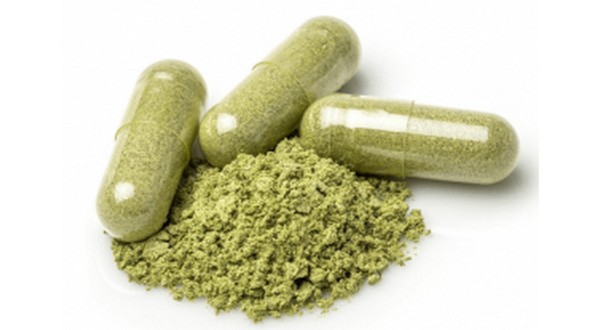
In a two-part series, KTLO, Classic Hits and The Boot news takes a look at a herbal-based drug touted by some as a safer substitute for narcotic painkillers and by others as being as dangerous and addictive as heroin.
Is it a safer way to relieve symptoms accompanying various health problems when compared to opioids? Or, is it a dangerous substance potentially as addictive as heroin?
The “it” is kratom, and it is growing in popularity. Three young people recently arrested in Baxter County were all in possession of the herbal-based drug. One of those arrested said he used kratom to relieve pain.
Fourteenth Judicial District Prosecuting Attorney David Ethredge has been following the increase in the usage of kratom.
Listen:
Kratom is a tropical evergreen tree in the coffee family found in Southeast Asia. The tree can grow to 50 feet tall. According to one source, the leaves have been used in Asia for hundreds of years to relieve pain. A number of those who practice traditional Asian medicine consider kratom to be an acceptable substitute for opium, according to a Mayo Clinic publication.
The leaves can be eaten raw, but they are more often crushed, and the powder is put in capsules, tablets or liquid.
Some experts describe this plant-based drug as having psychoactive properties that produce stimulant-like effects. The active ingredients are tongue twisters — mitragynine and 7-hydroxymitragynine.
According to several scientific journals, the effects range from being mildly stimulated to an opioid like effect, and in mega doses, the user is said to experience an “intense euphoric state.”
The Federal Food and Drug Administration (FDA) reported kratom is being used by a fairly substantial number of people to self-treat such things as pain, anxiety and depression. The FDA listed kratom as a “drug of concern” in 2008.
Because it is sold at an estimated 10,000 locations in the U.S. and is widely available on the Internet, it’s difficult to find even rough estimates of how big the kratom market has become among those who buy it only for what they describe as the “herbal high” it gives them. In one article published in 2018, the annual market for kratom was estimated at slightly more than $207 million.
Kratom can be purchased, possessed and used legally in most states in the U.S. Arkansas is one of a few states to have banned the product. It is legal across the state line in Missouri.
Ethredge says just because kratom is legal in some states doesn’t make it safe.
Listen:
In one Arizona sandwich shop, it is even available in a vending machine — with 10 grams costing $5 and 120 grams selling for $50. Many of the people using the vending machine said they took kratom to help themselves get off and stay off drugs like heroin and various narcotic pain relievers.
Scientific American reported more than two years ago “for recreational drug users looking for an opioid-like high without the legal problems associated with heroin, fentanyl and oxycodone, kratom has proven to be an attractive alternative.” Since the 1990s, kratom’s popularity has grown among recreational drug users. Researchers at the Mayo Clinic found kratom popular at music festivals and other recreational settings.
Another factor fueling the spread of the herbal-based drug is the current concern over usage of narcotic pain relievers in the United States. Information in several medical publications indicates people being denied access to prescription painkillers are turning to herbal-based products such as kratom.
While kratom cannot be detected in the body by many standard drug tests, certain parts of the plant’s alkaloids can be picked up by existing testing methods. In a 2016 article by three physicians, it was pointed out because kratom is a relatively new compound in this country, U.S. medical and forensic laboratories are in the early stages of implementing kratom detection protocols.
WebReadyTM Powered by WireReady® NSI










